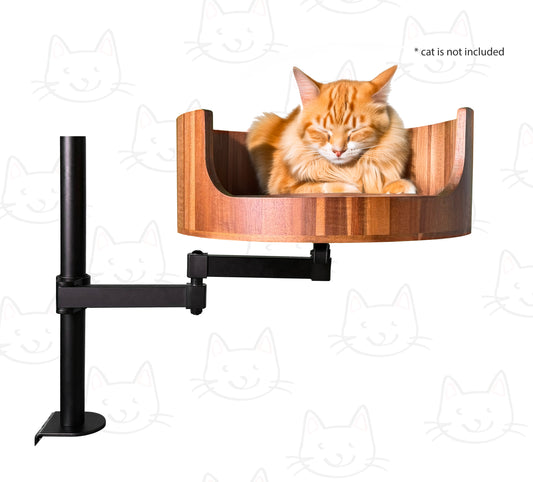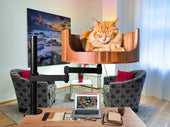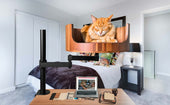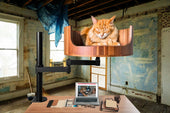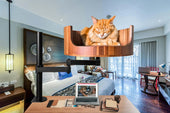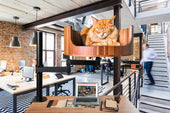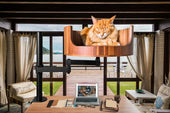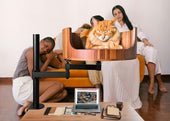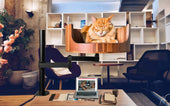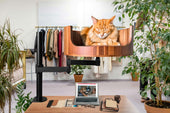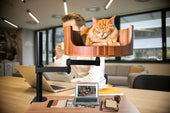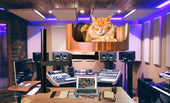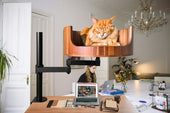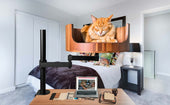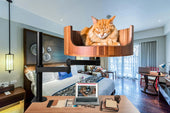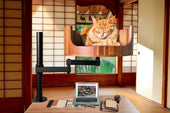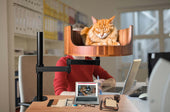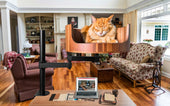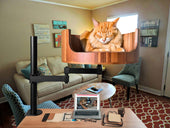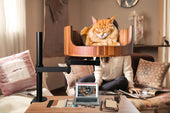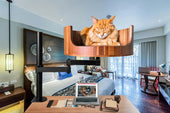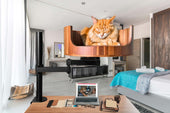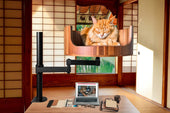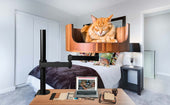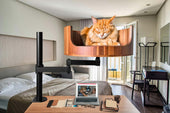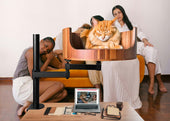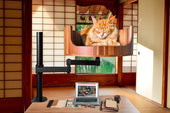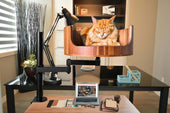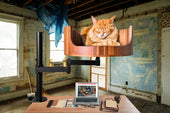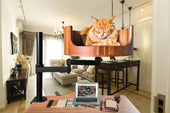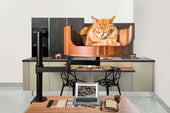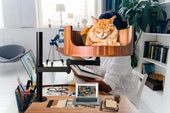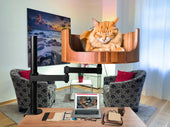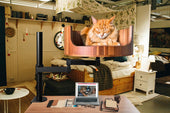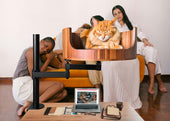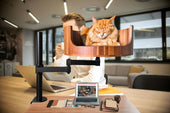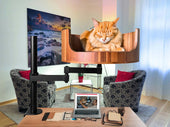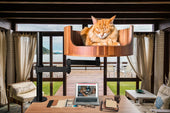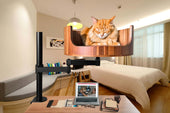
How Much Should I Feed My Cat: A Complete Guide
Share
Desk Cat Nest is a community dedicated to providing comprehensive and helpful information for cat owners, including tips on nutrition, health, behavior, and more. One common question that many cat owners have is, "How much should I feed my cat?" This article aims to provide a complete guide on feeding your feline friend, covering everything from determining the right portion size to understanding the importance of a balanced diet.
In this article, we will discuss the factors that influence how much food your cat needs, such as age, weight, activity level, and overall health. We will also explore the different types of cat food available, including dry kibble, wet food, and raw diets, and offer guidance on choosing the best option for your cat's individual needs. Additionally, we will provide tips on feeding schedules, portion control, and how to monitor your cat's weight to ensure they maintain a healthy body condition. By the end of this guide, you will have a better understanding of how to feed your cat properly and ensure they lead a happy and healthy life.
1. It's important to follow feeding guidelines provided by your cat's veterinarian to ensure they are receiving the right amount of food for their age, weight, and activity level.
2. Cats should have access to fresh water at all times, especially if they are eating dry food.
3. Monitor your cat's body condition and adjust their food intake accordingly to prevent obesity or undernourishment.
4. Keep in mind that treats should only make up a small portion of your cat's daily caloric intake.
5. Consult with your vet if your cat has special dietary needs or if you have any concerns about their feeding habits.
Understanding Your Cat's Dietary Needs
Cats are obligate carnivores, which means their bodies require a diet primarily made up of animal proteins to thrive. It is essential to feed your cat a high-quality cat food that provides the necessary nutrients like taurine, arginine, and vitamins. Consulting with a veterinarian can help determine the appropriate type and amount of food for your cat based on factors like age, weight, activity level, and any underlying health conditions.
Determining the Right Portion Sizes
Feeding your cat the correct portion sizes is crucial to maintaining a healthy weight and preventing obesity-related health issues. A general guideline is to provide your cat with 24-35 calories per pound of body weight per day. However, individual cats may have different metabolic rates and calorie needs, so it's best to consult with your veterinarian for personalized recommendations.
Factors Influencing Feeding Frequency
The frequency at which you feed your cat can also impact their overall health and wellness. Some cats may do well with free-feeding, where food is available for them to eat at all times, while others may benefit from scheduled meal times. Factors like age, activity level, and health conditions can all influence how often your cat should be fed. It's essential to establish a feeding routine that works best for your cat's individual needs.
Monitoring Your Cat's Body Condition
Regularly monitoring your cat's body condition can help you determine if they are being fed the right amount of food. Ideally, you should be able to feel your cat's ribs without them being visible, and they should have a defined waist when viewed from above. If your cat is becoming overweight or underweight, adjustments to their diet may be necessary. Consulting with a veterinarian can provide guidance on how to make the necessary changes to ensure your cat stays at a healthy weight.
Frequently Asked Questions
How much should I feed my cat?
It is recommended to feed your cat approximately 24 to 35 calories per pound of body weight per day. This can vary depending on your cat's age, activity level, and overall health. Consult with your veterinarian for personalized feeding recommendations.
How often should I feed my cat?
Most cats do well with two meals a day, but you can also opt for smaller, more frequent meals if your cat prefers. Make sure to establish a feeding routine and avoid free-feeding to prevent overeating.
Should I feed my cat dry food, wet food, or a combination of both?
Both dry and wet food can provide essential nutrients for your cat, so it ultimately depends on your cat's preferences and dietary needs. Some cats may benefit from a combination of both to ensure proper hydration and dental health.
How do I know if I am feeding my cat the right amount?
Monitor your cat's weight, body condition, and energy levels regularly to ensure you are feeding the right amount. Adjust the portion size as needed based on these factors and consult with your vet if you have concerns about your cat's weight or eating habits.
Can I give my cat treats in addition to regular meals?
Treats can be given in moderation as part of your cat's daily calorie intake, but make sure to account for them when determining portion sizes for regular meals. Opt for healthy, low-calorie treats to avoid excessive weight gain.
In conclusion, the Desk Cat Bed is a valuable choice for cat owners looking to regulate and monitor their cat's food intake. This innovative product provides a designated feeding area, helping to prevent overfeeding and promote healthier eating habits for your feline friend. With its convenient design and easy-to-clean features, the Desk Cat Bed is the perfect solution for pet owners seeking to answer the question of "how much should I feed my cat." Prioritize your cat's health and well-being with the Desk Cat Bed today.

